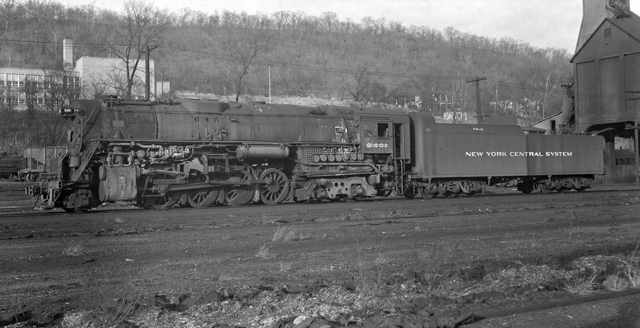Anyone know why many PL&E engines in O Gauge have tenders marked New York Central System? I also noticed the same with a gondola I own that came with a set.
I did a quick review of the PL&E on Wikipedia and other places, and I haven't been able to find anywhere that the NYC acquired the PL&E. In fact, it appears from my reading that the PL&E long outlived the NYC.
I don't own any PL&E engines but stumbled across a good-looking MTH Railking Imperial switcher like this.





























